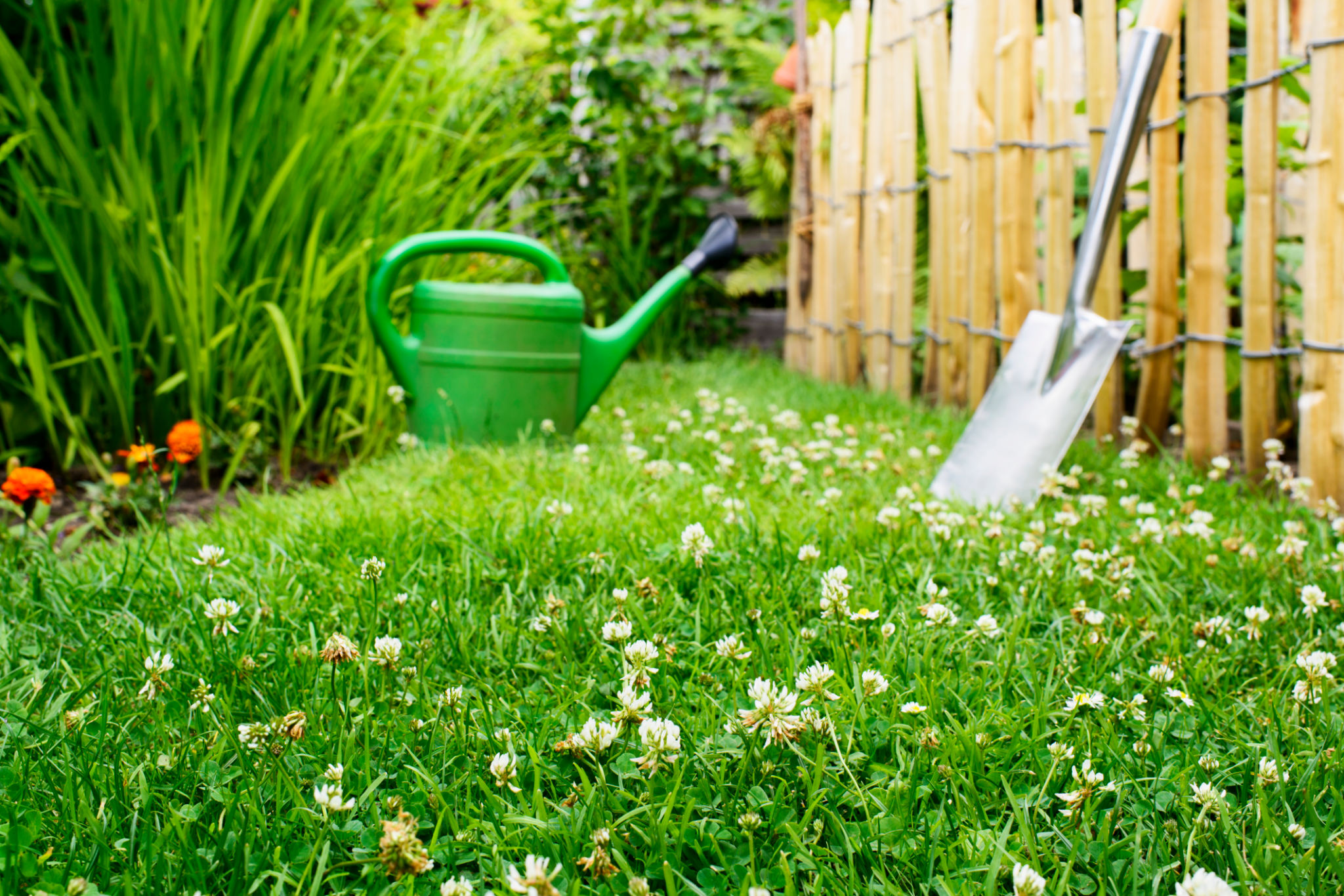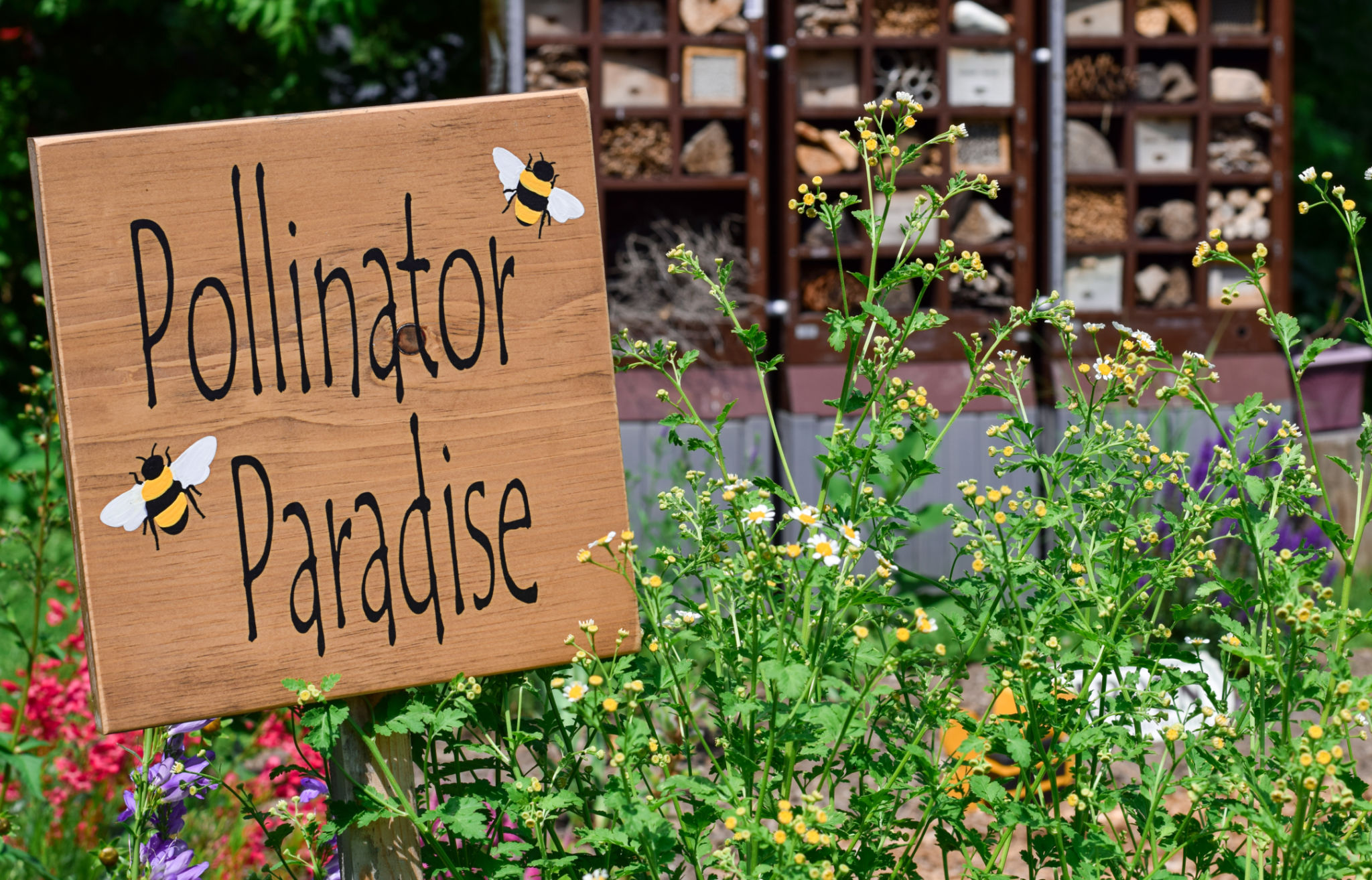How Clover Lawns Support Biodiversity and Local Ecosystems
The Rise of Clover Lawns
As society becomes more conscious of the environment, homeowners are seeking sustainable alternatives to traditional grass lawns. One increasingly popular option is the clover lawn. Renowned for its low maintenance and ecological benefits, clover lawns are gaining recognition for their ability to support biodiversity and enhance local ecosystems.

Understanding Clover Lawns
Clover lawns consist primarily of clover plants, particularly white clover, which is resilient and well-suited to various climates. Unlike traditional grass lawns, clover does not require frequent mowing or watering, making it an eco-friendly choice. Its natural resistance to pests and diseases reduces the need for chemical fertilizers and pesticides, further promoting a healthier environment.
Biodiversity Benefits
Clover lawns play a significant role in supporting biodiversity. By replacing monoculture grass lawns with clover, homeowners can create a more hospitable environment for a variety of organisms. Here are some key benefits:
- Pollinator Attraction: The small, fragrant flowers of clover attract bees, butterflies, and other pollinators, essential for maintaining healthy ecosystems.
- Habitat Creation: Clover provides shelter and food for various insects and small wildlife, increasing local biodiversity.

Enhancing Soil Health
Clover is a nitrogen-fixing plant, which means it can convert atmospheric nitrogen into a form that plants can use. This natural fertilization process enriches the soil, reducing the need for synthetic fertilizers. Healthier soil supports a wider range of plant and animal life, contributing to a more robust ecosystem.
Economic and Aesthetic Advantages
In addition to ecological benefits, clover lawns offer economic advantages. They require less water and maintenance, leading to cost savings on utility bills and lawn care services. Furthermore, clover's lush green appearance and delicate flowers add aesthetic appeal to any landscape.

Steps to Transition to a Clover Lawn
If you're considering transitioning to a clover lawn, follow these simple steps:
- Prepare the Soil: Remove existing grass and weeds, then till the soil to create a suitable bed for clover seeds.
- Choose the Right Clover: Opt for white clover or micro-clover seeds for optimal performance.
- Sow the Seeds: Evenly distribute the seeds over the prepared area, lightly raking them into the soil.
- Water and Maintain: Water the seeds regularly until they establish, then reduce watering. Mow sparingly if desired.
The Future of Sustainable Lawns
Clover lawns represent a shift towards more sustainable landscaping practices. As awareness of environmental issues grows, so too does the popularity of eco-friendly alternatives like clover lawns. By choosing clover, homeowners not only enhance their property's biodiversity but also contribute to broader environmental conservation efforts.
In conclusion, clover lawns offer a practical solution for those looking to support local ecosystems while enjoying a beautiful and low-maintenance yard. As more people embrace this green alternative, the positive impact on our planet will continue to flourish.